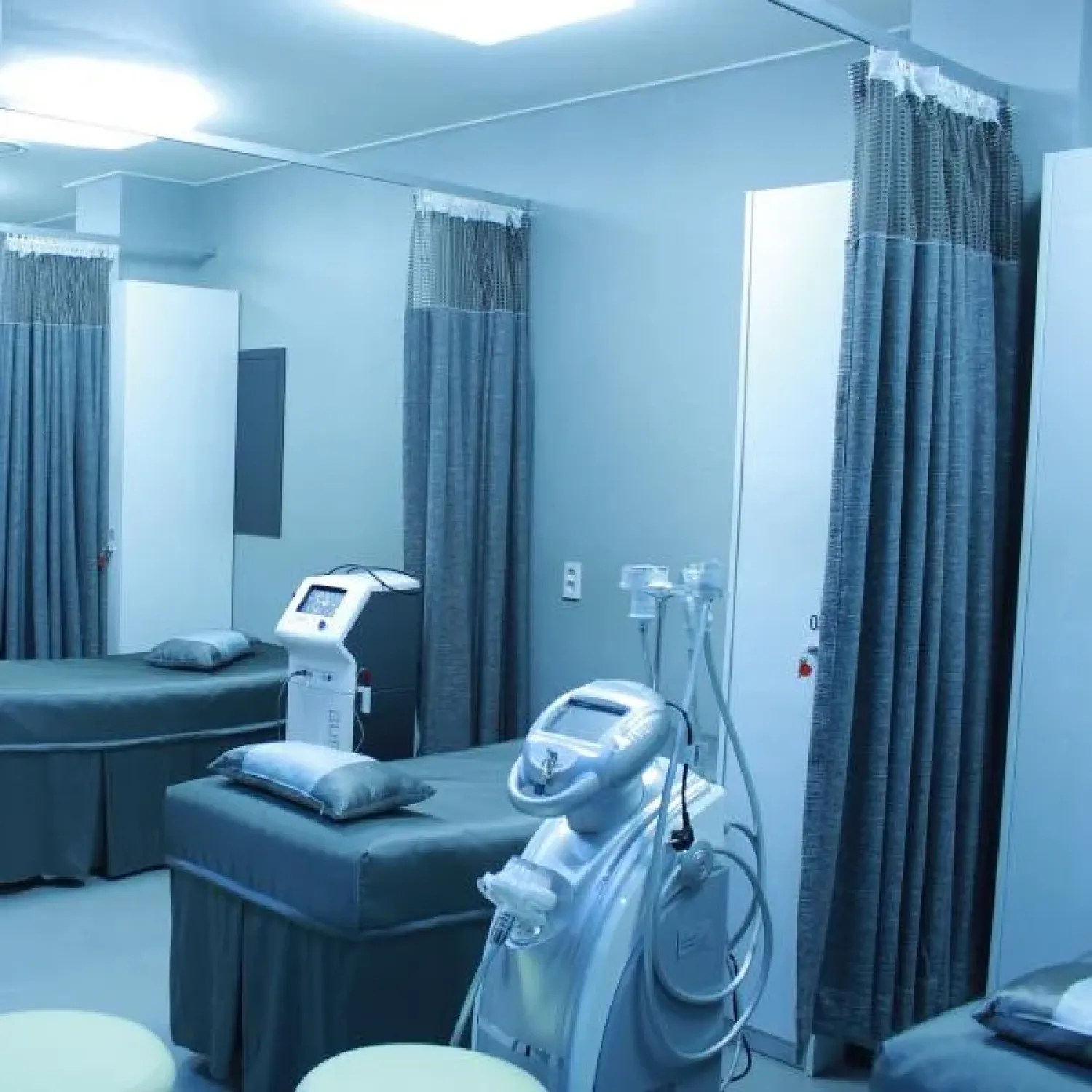Top research stories of the week: July 27 edition
This week's top research explores a cost-effective approach to containing airborne illnesses, North America's largest-ever particle physics experiment and an automated emissions monitoring system at Boulder Reservoir.

Engineers demonstrate large-scale 'germ trap' solution for hospitals
When an infectious airborne illness strikes, some hospitals use negative pressure rooms to isolate and treat patients. These rooms use ventilation controls to keep germ-filled air contained, but, in the event of an epidemic, the rooms can fill up quickly. Now, a team of CU Boulder engineers have demonstrated a simple, cost-effective way for hospitals to use air ventilation to contain outbreaks.

Largest particle physics experiment in North America breaks ground
Professors Alysia Marino and Eric Zimmerman are participating in the construction of the Long-Baseline Neutrino Facility, which will house North America's largest particle physics project ever. Though it will take roughly a decade to complete, the facility will eventually shoot a beam of neutrinos through the Earth's crust from Illinois to South Dakota, all to better understand how and why the universe formed.

Tracking Boulder's air quality in real time
Researchers have created an automated emissions monitoring system at Boulder Reservoir that tracks methane and other harmful atmospheric gases in near-real time. In recent years, areas of the Front Range have recorded levels that well exceed concentrations seen in some urban industrial areas. The project is believed to be the first of its kind in the Rocky Mountain region.


